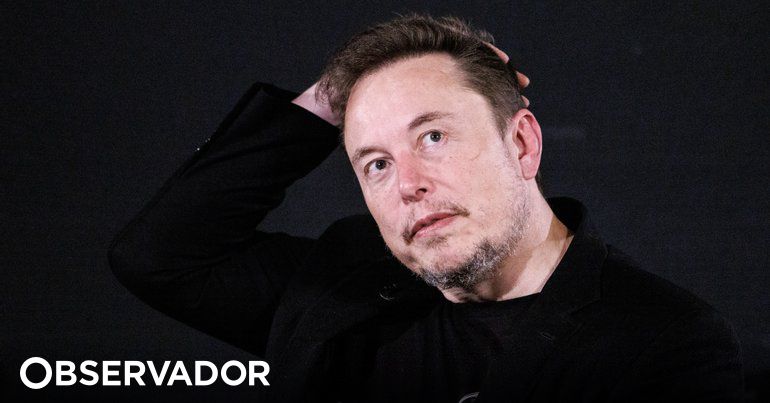Rita Figueras believes that “the problem is not Musk’s support for one side” but rather “the leadership of the network.” [social] According to your vision” and manage it in “the image of your interests and opinions, without understanding X as a socially responsible entity.” Give examples Sharing “conspiracy theories and misinformation” and attacking “dissenting viewpoints” Which directed Musk’s interventions connected. “In critical moments, such as the one England is going through, you write and share divisive and hateful messages, which also validates less conciliatory behaviour,” the teacher says.
Until he bought Twitter, Musk believed that some voices were being censored more than others. So when he came to power, he opened the door again for several names that had been banned from the social network, including Trump or the British Tommy Robinson, the former leader of the English Defence League. “It opened the door for many far-right accounts, those linked to disinformation and conspiracy theories, to return to the network and for others to emerge,” explains Rita Figueras, a professor of political communication.
Tommy Robinson, the far-right activist fuelling UK riots from a luxury resort in Cyprus
It has made a number of changes since the acquisition. Some are cosmetic, like changing the name to X, others are to give power to its “public discourse arena” theory. Others, like changing platform guidelines and reducing moderation teams, have had practical effects.
For years, Twitter has given “verified badges” to certain accounts so users could prove they were interacting with the right profile of a politician, activist, or artist. Musk changed the game and the blue badge was available to anyone willing to pay for it. Confusion ensued, with accounts pretending to be political or corporate. The decision has been criticised and the European Commission has already accused X of violating the Digital Services Act because of the change, which is “Deceiving users”.
Musk’s decision, political communications researcher Helder Brewer points out, “adds a layer of complexity,” as “users may question the veracity of information coming from verified accounts.” He adds that the fact that “buying verification can facilitate the spread of misinformation, as malicious accounts can appear more legitimate to users.” Legitimacy is given to accounts that “not only conceal their propaganda and partisan purposes, but also have a seal of trust, which lends credibility to false content.”
The European Commission accuses X of not complying with the Digital Services Act and “tricking” users with verified accounts.
“Since buying Twitter, Musk has moved away from content moderation and fostered an environment conducive to conspiracy theories and misinformation — both created and spread fake news “It’s powered by Grok, X’s AI chat,” explains Rita Figueras. “He does it because he’s an unwavering supporter of free speech, but that’s not true, he takes revenge on anyone who questions him or disagrees with him,” says the Tesla and X owner.
The professor acknowledges that harmful content will increase without moderation, but this could also be an opportunity for Musk to monetize a $44 billion business that is far from being worth half that amount. “In other words, the spread of harmful content in an electoral context is a combination of ideological position and commercial opportunity.” It is considered.
Hélder Prior, associate professor at the Autonomous University of Lisbon, believes that the value of content on social networks is not measured by truth, objectivity or realism, but by the interest and engagement it generates. Content with a high viral potential, even if it is false or manipulated, is driven by users and the network’s algorithms. In this way, social networks benefit from ideological polarization, disinformation and hate speech, because it is the content that generates the most emotional engagement among users, and this engagement represents profits in advertising.

“Hardcore alcohol maven. Hipster-friendly analyst. Introvert. Devoted social media advocate.”

